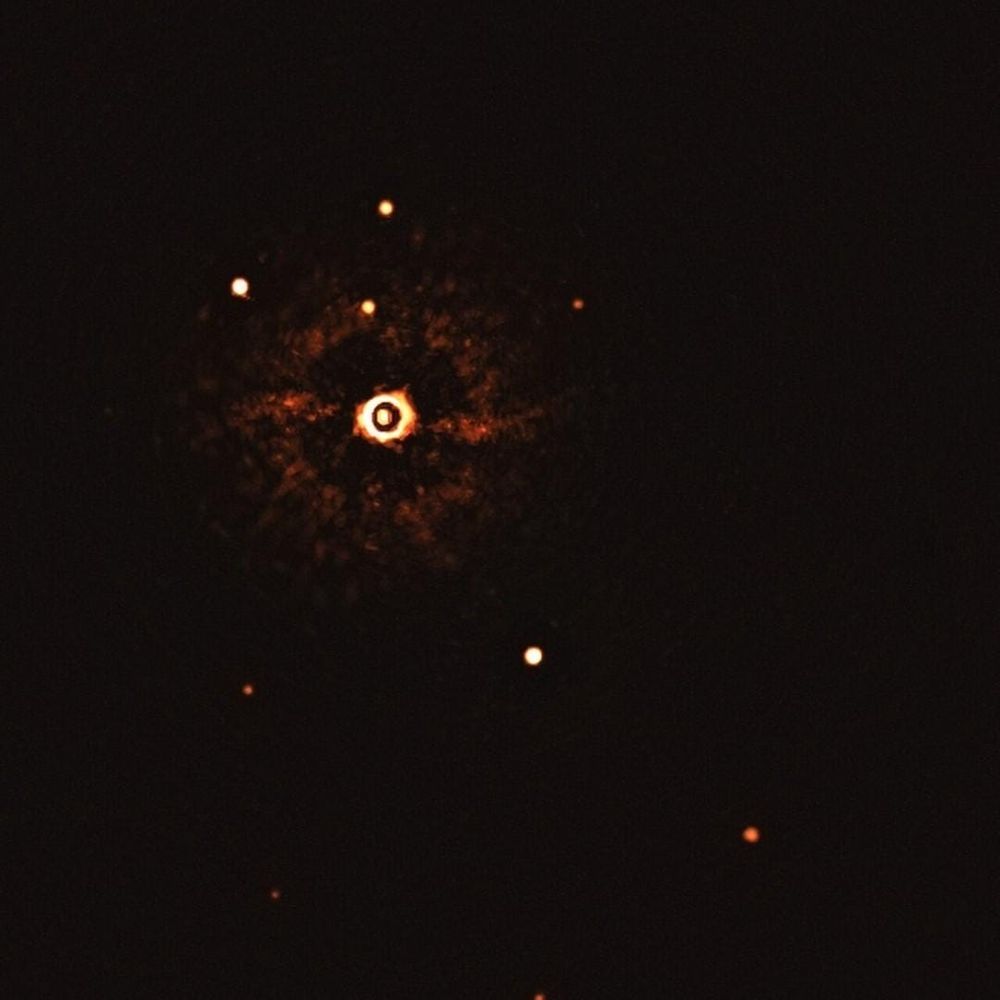No.
26.11.2024 23:44 — 👍 0 🔁 0 💬 1 📌 0Ast3r01ds
@ast3r01ds.bsky.social
💿🎸He/Him 🎧📼Big fan of music 🪐☄️Big fan of outer space ⚠️DNI: NSFW⚠️
@ast3r01ds.bsky.social
💿🎸He/Him 🎧📼Big fan of music 🪐☄️Big fan of outer space ⚠️DNI: NSFW⚠️
No.
26.11.2024 23:44 — 👍 0 🔁 0 💬 1 📌 0I love life
26.11.2024 03:59 — 👍 0 🔁 0 💬 1 📌 0



Thank you
24.11.2024 05:16 — 👍 0 🔁 0 💬 0 📌 0
This is amazing, I am a huge fan of music.
24.11.2024 05:06 — 👍 0 🔁 0 💬 0 📌 0
The James Webb Space Telescope (JWST) is a space telescope designed to conduct infrared astronomy. As the largest telescope in space, it is equipped with high-resolution and high-sensitivity instruments, allowing it to view objects too old, distant, or faint for the Hubble Space Telescope.
The James Webb Space Telescope's first image of Saturn
24.11.2024 01:30 — 👍 692 🔁 84 💬 6 📌 8I miss my mom
24.11.2024 05:02 — 👍 0 🔁 0 💬 0 📌 0I DO NOT WANT To be daniel rad cliff
24.11.2024 05:01 — 👍 0 🔁 0 💬 0 📌 0
The first direct image of another 'solar system'
Space

What's happening in the sky above Stonehenge? A meteor shower: specifically, the Perseid meteor shower. A few nights ago, after the sky darkened, many images of meteors from this year's Perseids were captured separately and merged into a single frame. Although the meteors all traveled on straight paths, these paths appear slightly curved by the wide-angle lens of the capturing camera. The meteor streaks can all be traced back to a single point on the sky called the radiant, here just off the top of the frame in the constellation of Perseus. The same camera took a deep image of the background sky that brought up the central band of our Milky Way galaxy running nearly vertical through the image center. The featured image was taken from Wiltshire, England, being careful to include, at the bottom, the famous astronomical monument of Stonehenge. Although the Perseids peaked last night, some Perseid meteors should still be visible for a few more nights. Image Credit & Copyright: Josh Dury
A meteor shower
18.11.2024 14:26 — 👍 49738 🔁 2735 💬 361 📌 135